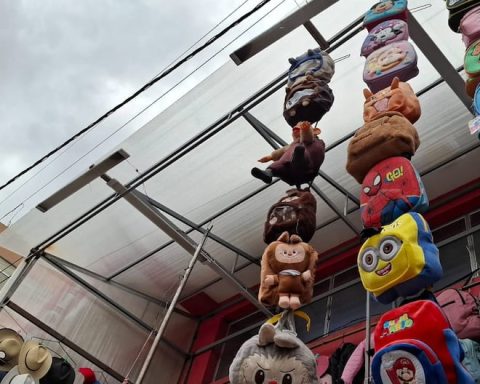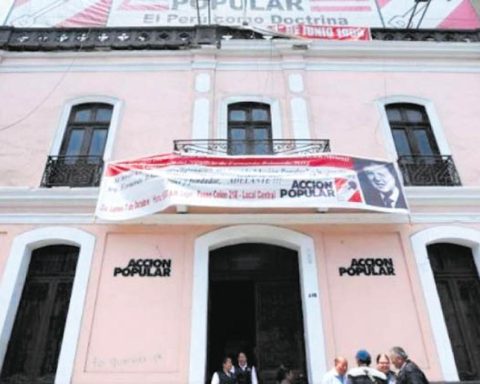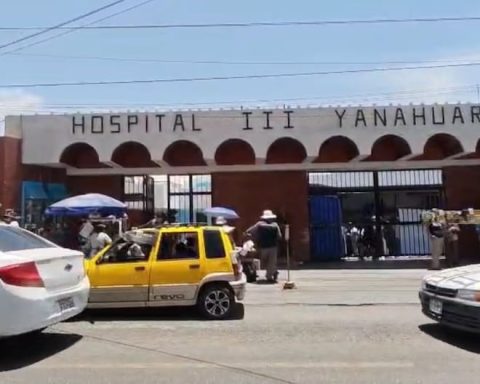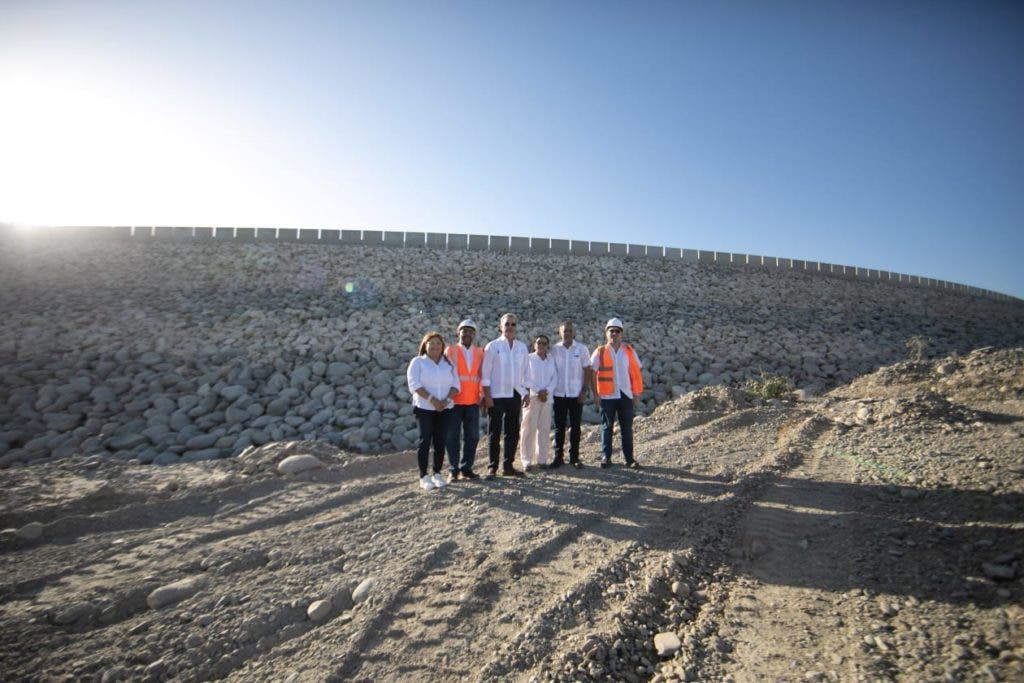Evidence. Ayacucho prosecutor, Karen Obregón, obtained the records of the withdrawal of weapons from the Second Wari Infantry Brigade, which identifies the names of the troops who received the weapon on December 15, the day ten people died.
Prosecutor Karen Obregón Ubaldo obtained records of the distribution of Galil rifles to officers, non-commissioned officers, technicians and soldiers who participated in the repression of the demonstrations on December 15 in ayacucho. The records contribute to the identification of the probable perpetrators of the shots that caused the death of ten civilians.
as reported The Republic, the Second Infantry Brigade delivered to the Ayacucho prosecutor the list of military personnel who took to the streets the day of the bloody events. Of the total 218 troops deployed, 61 of them were distributed in patrols 1, 2, 10, 16, 18 and 19, in whose geographical areas of action the ten people received fatal bullet wounds.
He Army has provided the prosecutor with the identification of the uniformed men who made up the six patrols and to which units they belonged. Karen Obregón intervened at the headquarters of the Second Infantry Brigade to collect the logbooks of the rifles that these soldiers used on December 15.
To determine who used Galil rifles, the prosecution evaluates having the expert opinion of the weapon. The defense of the victims informed this newspaper that they will ask prosecutor Karen Obregón for an expert opinion on the weapons that were used on December 15, to determine who used their rifles.
The defense indicated that the witnesses and the wounded of the violent day of Thursday, December 15 they have handed over to the prosecutor obregon the casings of the projectiles fired by the military, to help identify the perpetrators of the shots, for which a ballistic expertise is necessary.
The route of the Galils
According to the protocol, once the rifles that were used on December 15 were identified, The officers will be interrogated to explain if they acted on their own or they received orders from their superiors to transgress the Regulations for the Use of Force (RUF), which prohibits uniformed officers from shooting unarmed people indiscriminately and who are not a danger.
The Galil rifle assignment notebooks correspond to the Second Wari Infantry Brigade, Military Police Company No. 2 S1, Communications Company No. 2, Commando Company No. 4, Motorized Combat Engineering Battalion No. 2 José Olaya and Commando Company No. 2.
In the aforementioned records to which the Republic has had access, the rank and names and surnames of the military personnel appear, the type of weapon assigned, the identification code of the same and the signature of the cash that has received it.
As this newspaper has reported, that he obtained access to the forensic ballistic tests carried out on nine of the ten deceased, The conclusion reached by the specialists is that they all had 5.56 mm caliber bullet wounds, compatible with the type of projectile fired by Galil rifles.
Even in the body of one of the victims, Edgar Prado Arango, a bullet with the aforementioned characteristics was found.
There is no doubt that the members of the Second Wari Infantry Brigade, whose general commander is Brigadier General EP Jesús Vera Ipenza, used their regulation Galil rifles to repel the protests on Thursday, December 15.
In a report to the Obregón prosecutor, General Jesús Vera himself reported that on the day of the events he was in charge of the Second Wari Infantry Brigade. He was accompanied as Chief of Staff by Colonel EP Leonardo Huamán Gabino and Chief of the State Operational Major Colonel EP Luis Vivanco Palomino. Also as G1 (Personnel), Lieutenant Colonel Jorge Lozano Bustamante; G2 (Intelligence), Major Aldo Sánchez Retuerto; and G3 (Operations), Lieutenant Colonel EP Juan Florentini Zevallos, among others.
Prosecutor Karen Obregón has also obtained the surnames and names of the troops that made up patrols 1, 2, 10, 16, 18 and 19. These soldiers They were assigned to the critical points where the ten people were killed.
The fiscal investigation includes those wounded by gunshots that are found in the majority of cases in hospitals in the region.
The authority seeks to determine if the gunshot wounds of these people they also correspond to 5.56 caliber projectiles fired by Galil rifles.
The purpose of this part of the inquiry is to verify if there was a pattern to the gunshots. That is, if the alleged perpetrators responded to a superior mandate and not to the initiative of subordinates.
The tax hypothesis would be that there was an order to use the regulatory weapons, since it is presumed that the military acted outside of what is indicated in the Regulations for the Use of Force (RUF), in force since 2022. The RUF describes the different situations of risk to life in which the military and policemen They could fire at the attackers. Describe each of the situations in which cash can eventually resort to its regulation weapons.
Killed by the same pattern of shots?
The indiscriminate shots, that is, when there is no reason to risk life, were not only registered in Ayacucho. The same modality has been repeated in Andahuaylas, Juliaca, Macusani, Pichanaki, Arequipa and Cusco, towns in which civilians lost their lives from firearms. Most of them using rifles from the PNP.
This means that the repression without respecting the RUF could have originated from a higher order.
distribution of galil rifles
Records of the Second Wari Infantry Brigade contain the identification of the soldiers who received Galil rifles the day 10 civilians were killed in Huamanga.















